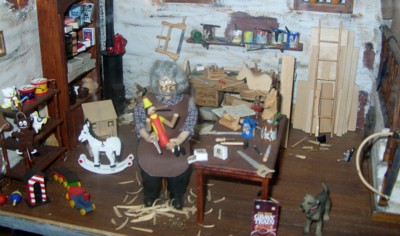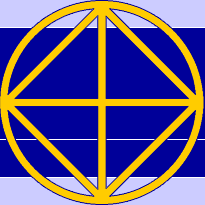Humanoid Robots: Making Forms in the Image and Likeness
Some days ago I came across a video of National Geographics about a new generation of robots which “express themselves”: Developers have created robots that appear to make human expressions and show human-like emotions. There is a mechanism imitating the muscle movements of the human face – eye movements, smiles etc. What the cinema shows in films like Star Wars in perfection is a bit less perfect with these robots, but nevertheless creating a strange fascination for many: Making forms in their image and likeness.
Animatronics – employing electronics to animate motorized puppets – is quite a developed technology of the illusion-creating industry, as you see here with a human on the site of a Californian special-effect studio. They say: “We can replicate the likeness of virtually any character imaginable. We create realistic looking animals, creatures, and humans. These life-like creatures move, walk, talk, and simulate breathing.”
The dream is old, like with the creation of Pinocchio by the woodcarver Geppetto, or Frankenstein, or, a bit older, of Prometheus, who brought the divine fire of understanding to mankind, or the biblical creation of man out of clay. The modern robots are in the same tradition. There is a certain hybris hidden behind the hopes of technical betterment of man’s living conditions. Robots, however, have become a part of modern life, be it in automobile production or in surgery.
So have a look at the Salvator DaBot, the portraitist robot. He “recognizes human faces in its surroundings and extracts relevant characteristics from them. By using its uncanny artistic talent, it then draws portraits of the participants from the captured images by converting them into vector art and by using inverse kinematics to control the robot’s arm.”

The woodcarver Gepetto creating Pinocchio. Scene from a doll’s house in Berne


